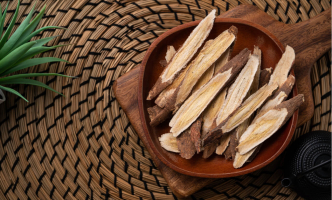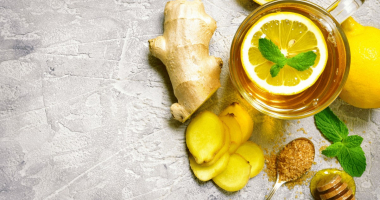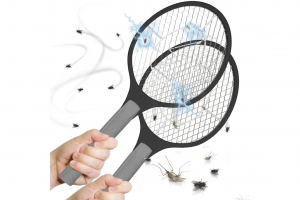Top 13 Home Remedies for Mosquito Bites
Mosquito bites are a sign of warmer weather. Though most bites are innocuous, some can lead to difficulties. Mosquitoes bite because they are drawn to blood. ... read more...The bite, which may not be visible for several hours, causes a large, painful, or itchy lump. Mosquitoes may transmit illnesses, but the probability of being bitten by one depends heavily on where you live. Another uncommon issue produced by a mosquito bite is a severe response to the bite itself. And here are the best home remedies for mosquito bites.
-
One of your favorite meals may also be a treatment for a bothersome mosquito bite. Because it contains anti-irritant chemicals, oatmeal can help alleviate itching and swelling. In a mixing dish, combine equal parts oatmeal and water until you get a spackle-like material. Spoon some paste onto a washcloth and place it on the sore skin for about 10 minutes, paste-side down. Then, clean the area.
Instead, if you have a lot of bites, try an oatmeal bath. Fill a bathtub halfway with warm water and add 1 cup of oatmeal or crushed oats. To minimize potential plumbing issues, knot the oats in a piece of cheesecloth or another light fabric beforehand. Consider it a large tea bag that you will put into the bath water. Soak for 20 minutes in the oatmeal bath.
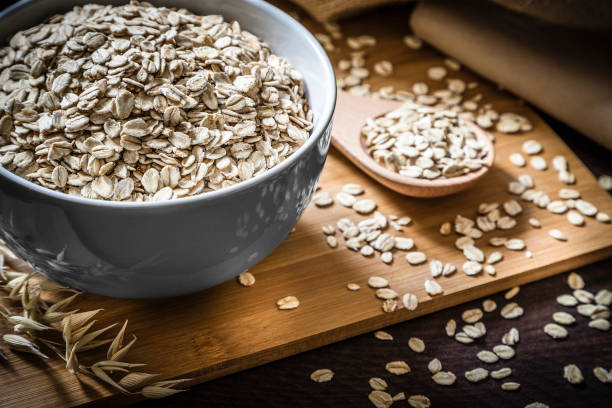
Oatmeal 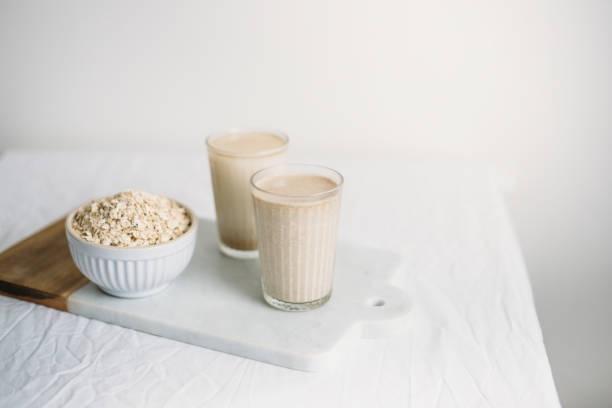
Oatmeal -
Ice and cold temperatures can help to relieve inflammation. The cold also numbs the skin, which can provide rapid but temporary relief. To treat irritation produced by a mosquito bite, the American Academy of Dermatology (AAD) suggests using a cool, moist cloth or an ice pack. In a pinch, a bag of crushed ice will suffice.
Ice should not be applied directly to the skin since it might cause injury. Instead, place a barrier between your skin and the ice, such as a washcloth. Apply a cold compress for up to 5 or 10 minutes many times a day to reduce itching.
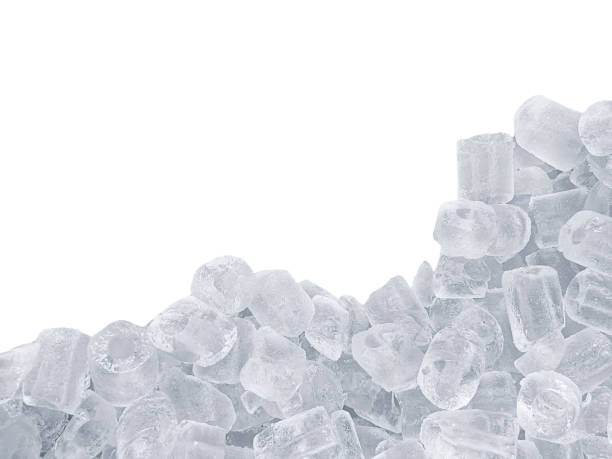
Crushed ice 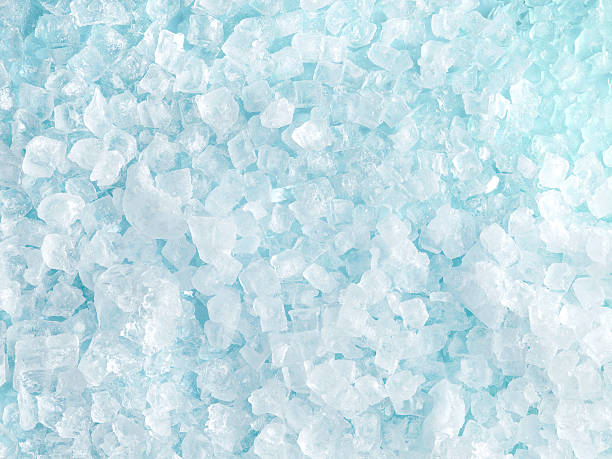
Crushed ice -
Increasing the temperature of your insect bite may also provide comfort. There is no proof that it works, but you may purchase a specific gadget, such as BiteAway, that administers direct, regulated heat to the bite. This is said to relieve swelling and irritation. Although the therapy is quick, these instruments can be costly.
To get a similar effect, immerse a clean towel in water that is as warm as you can stand comfortably (but be careful not to burn yourself). Wring the cloth out and place it on the bite. Continue to soak the towel for up to 10 minutes to keep it warm. Heat treatment should not be used on an open wound.
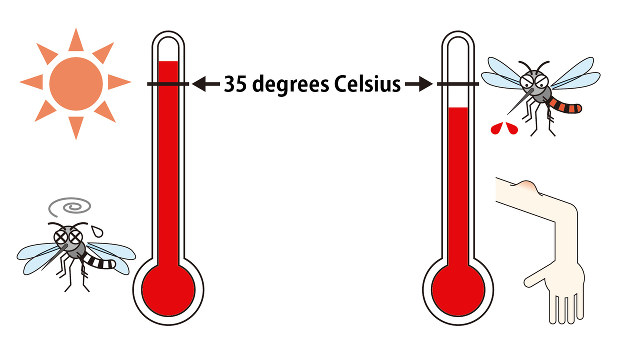
Heat 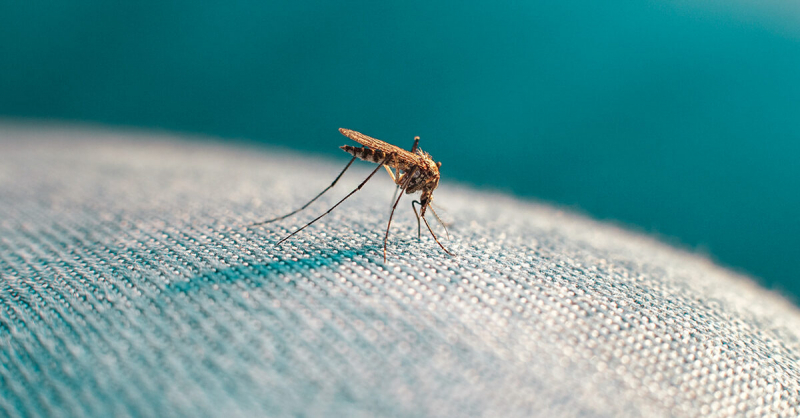
Heat -
This syrupy sweet material is a popular choice among home remedy fans. For hundreds of years, honey has been used to heal diseases such as sore throats and dry skin. Medical-grade honey contains several antibacterial and anti-inflammatory effects. A tiny drop on an uncomfortable bite may help to relieve inflammation. It may limit your desire to scratch, as scratching honey-covered skin might result in a sticky mess.
Aloe vera, a popular home plant, has use beyond shelf decoration. The gel has been demonstrated to lessen burn pain and speed up healing. That's why it might be useful for treating an insect bite. To test this, cut a little part of the plant open. Apply the plant's gel to the inflamed area. Allow it to dry before reapplying as needed.
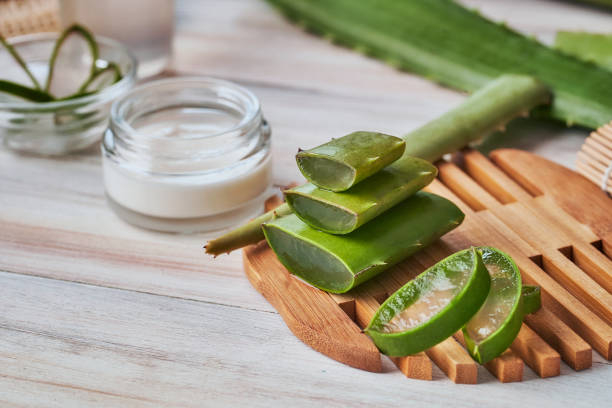
Aloe vera 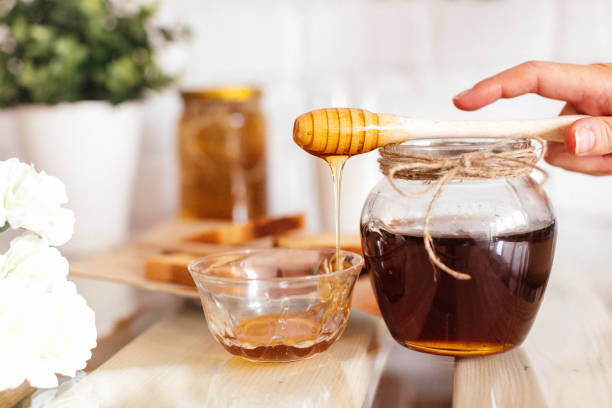
Honey -
Baking soda, which is found in almost every kitchen, has a wide range of applications, from baking bread to cleaning drains. Baking soda, commonly known as sodium bicarbonate, may give relief from a mosquito bite.
Baking soda paste is simple to create and may be used in the same way as an oatmeal paste. According to the Centers for Disease Control and Prevention (CDC), make a paste with 1 tablespoon of baking soda and just enough water. Allow it to rest on the insect bite for 10 minutes before washing it away. If you have skin irritation, discontinue this therapy.
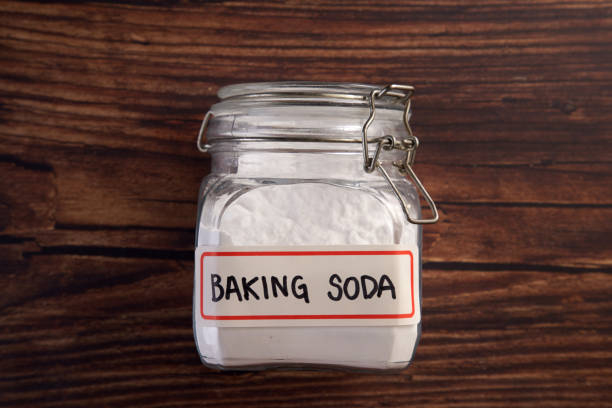
Baking soda 
Baking soda -
The aromatic basil plant is a fundamental element in many of your favorite Italian dishes, but it also works as a mosquito repellent. Basil leaves contain antioxidants that may decrease inflammation and are used in herbal treatments for skin problems.
Boil 2 cups of water and add half an ounce of dried basil leaves to produce a basil rub. Allow the mixture to steep until cold. Then, soak a washcloth in the liquid and gently apply it to your mosquito bites. Alternatively, you may finely cut some fresh basil leaves and apply them to your skin. If you experience irritation, discontinue the use of this treatment.
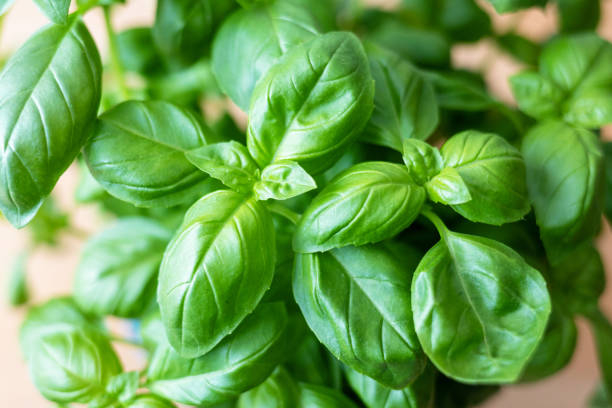
Basil 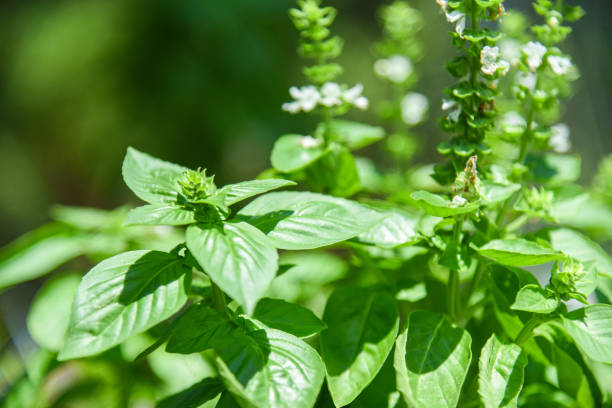
Basil -
Apple cider vinegar has been utilized as a natural cure for numerous medical disorders, ranging from infections to blood glucose issues, for millennia. If you have an itching bite, rub it with vinegar. The vinegar can aid in the relief of stinging and burning feelings. If you've been scratching too much, it can also function as a natural disinfectant.
If you want more relief, soak a washcloth in cold water and vinegar before putting it to the bite. If you have a lot of bites, soak for 20 minutes in a lukewarm bath with 2 cups of vinegar. Take caution: a hot bath may aggravate irritation. If you have skin irritation, discontinue this therapy.

Vinegar 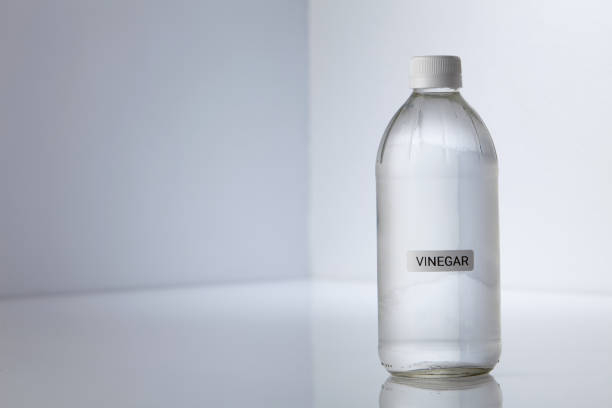
Vinegar -
Thyme plant leaves are great on potatoes, seafood, and other dishes. They may also assist to relieve the irritation caused by a mosquito bite. Thyme has long been used as a natural cure for skin problems. Because it has antibacterial characteristics, it can help lower your chances of irritating and infecting the skin around a mosquito bite. To maximize the benefits of thyme, coarsely mince the fresh leaves. Apply the leaves immediately to the bite and keep them on for 10 minutes.
Bring water to a boil and add several sprigs of thyme to form a concentrated liquid. Allow the sprigs to soak in the water until it has cooled. Then, soak a washcloth in the thyme-infused water and dab it on the bites. Allow the washcloth to sit for a few minutes. Wrap a thyme-soaked towel over an ice cube for an added chilling effect.
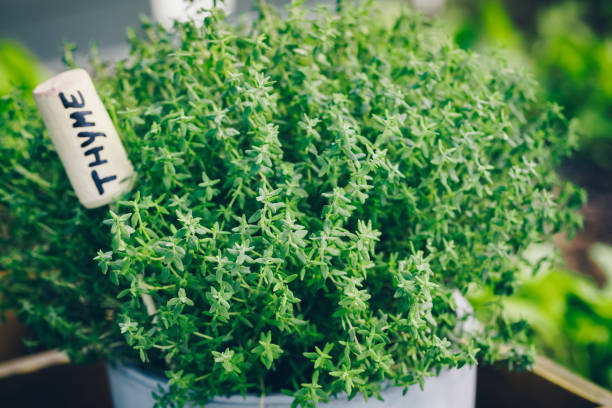
Thyme 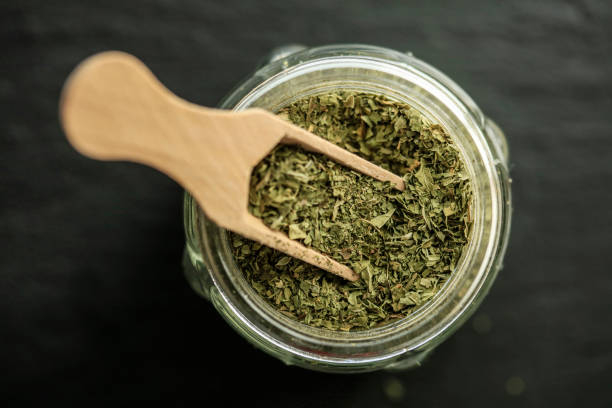
Thyme -
Another centuries-old natural treatment for itching is peppermint oil. A tiny research published in 2016 reveals that this oil helps reduce irritation caused by long-term diseases such as diabetes and liver disease. In principle, it might also be used for transitory reasons such as an insect bite. Combine a few drops of peppermint oil with an ounce of carrier oil, such as coconut or olive oil. Apply a tiny amount of the mixture to your mosquito bite and massage it in gently. Apply undiluted peppermint oil to your skin with caution.
For a relaxing soak, add a few drops of peppermint oil to a bathtub full of warm water. When using essential oils, use caution because they can combine with drugs or have other unanticipated consequences. Do your homework, see your doctor beforehand, and follow all safety precautions. Young children should not get this therapy.
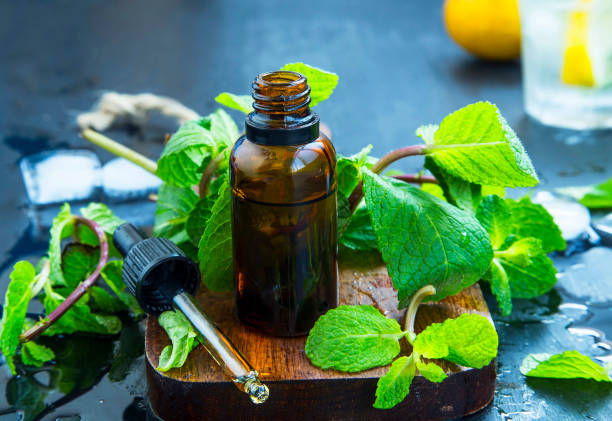
Peppermint oil 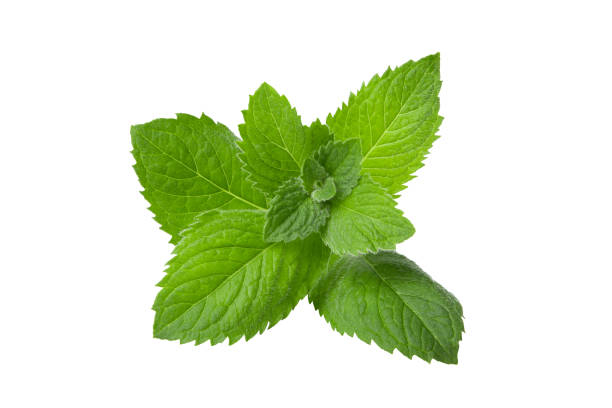
Peppermint oil -
Lemon balm is a plant with leaves that is related to mint. For generations, the plant has been used as a relaxing all-natural therapy for anything from anxiety to upset stomach. Earlier research published in 1999 discovered that a lotion containing lemon balm extract improved itching and other symptoms in persons with cold sores.
To treat mosquito bites, use finely cut leaves straight to the bite or purchase a lemon balm lotion. Tannin, a natural astringent, is found in lemon balm. Lemon balm also contains polyphenols. These natural ingredients work together to decrease inflammation, speed up healing, and lower the chance of infection.
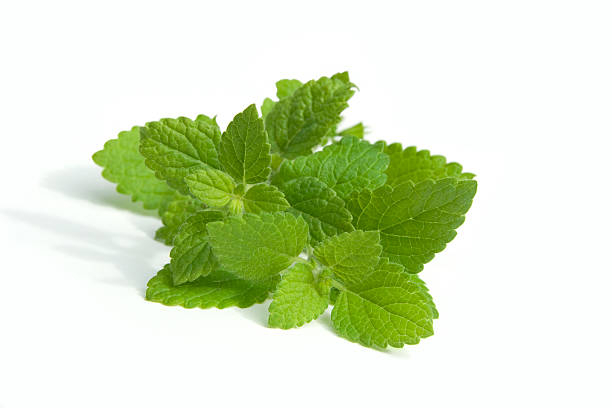
Lemon balm 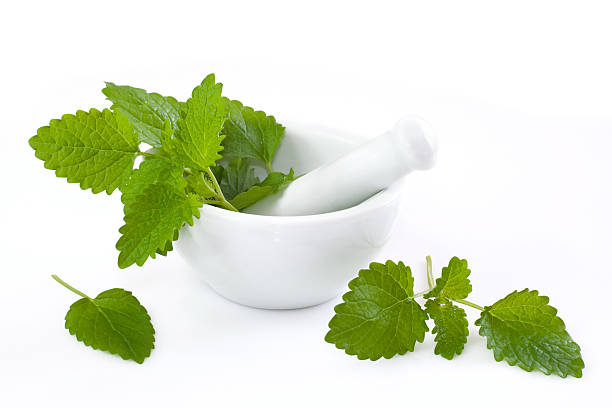
Lemon balm -
Witch hazel is a natural astringent that is available at pharmacies and grocery shops. Witch hazel, like lemon balm, has tannins that, when applied to the skin, can relieve inflammation. Witch hazel may be used alone to treat a variety of skin irritations, from small cuts and scrapes to hemorrhoids. Witch hazel applied to the skin decreases inflammation, calms the stinging and discomfort caused by the bite, and helps hasten recovery. Using a cotton ball, apply a little quantity of witch hazel. Dab or swipe it gently over the bite. Allow it to dry completely. Repeat as necessary.
Onions can not only bring tears to your eyes, but they can also provide relief from mosquito bites. The onion fluids that seep out of the newly sliced bulb may lessen the pain and aggravation of the bite. Onions are also naturally antifungal and antibacterial. A reliable source that can lower your risk of illness. Cut a piece of onion — any kind would do — and put it straight to the bite for several minutes. After removing the onion, thoroughly rinse and cleanse the area.
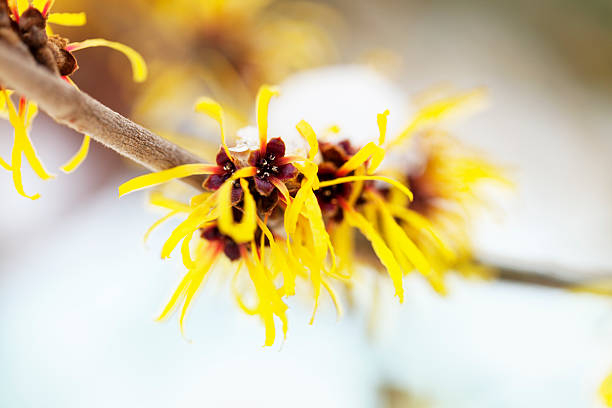
Witch hazel 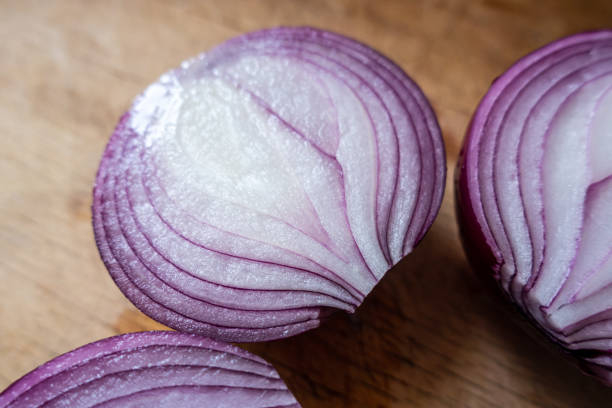
Witch hazel -
Arnica is another natural substance that may be used to treat minor skin issues. The plant is dangerous on its own, but it may be diluted to make the items sold in shops. Creams and gels are two options. Despite its popularity as a home treatment, scientific research suggests conflicting results. When applied to the skin, however, many people believe that arnica relieves bruising, discomfort, swelling, and inflammation. So you may test it on a mosquito bite. Simply apply a tiny quantity of arnica lotion or gel to the bite. Consult your doctor or pharmacist about how to select a high-quality arnica product.
Chamomile, a member of the daisy family, is a popular natural cure for a variety of diseases. Chamomile oils, when applied to the skin, can alleviate irritation and inflammation. Refrigerate a tea bag loaded with dried, crushed flowers in water for 30 minutes. Then, squeeze any extra water from the tea bag and directly apply it to your bite. Allow it to settle for 10 minutes. With a moist rag, clean the spot. You may store the tea bag in the refrigerator for subsequent use. Although it is uncommon, some people may experience adverse responses to chamomile.
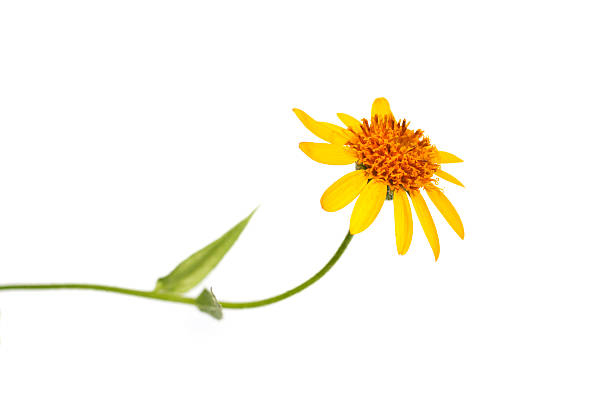
Arnica 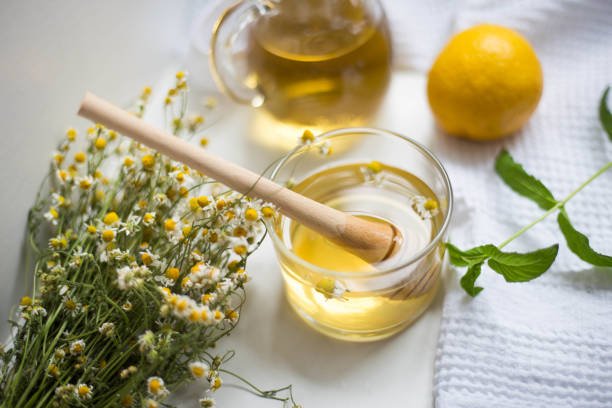
Chamomile tea -
Garlic is a well-known natural cure for a variety of ailments ranging from heart disease to high blood pressure. While more traditional treatments may be recommended for more serious diseases, applying a pinch of garlic to an unpleasant bug bite is a simple home cure for a mosquito bite. However, before cutting into a bulb and applying it to your bite, keep in mind that applying sliced garlic directly to a skin lesion or bite may cause burning and stinging.
Instead, finely mince fresh garlic and mix it with a little amount of odorless lotion or petroleum jelly. These ointments and lotions will help lower the intensity of the garlic while still allowing you to benefit from its natural antibacterial and therapeutic properties. Allow the mixture to rest for 10 minutes before wiping it off your skin. Wipe down the affected area with a cold washcloth. If the irritation persists, apply more later.
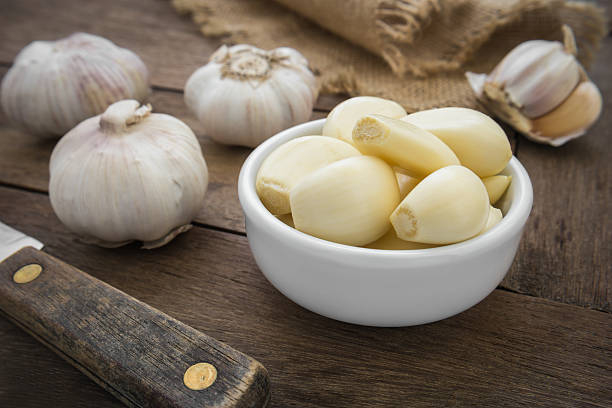
Garlic 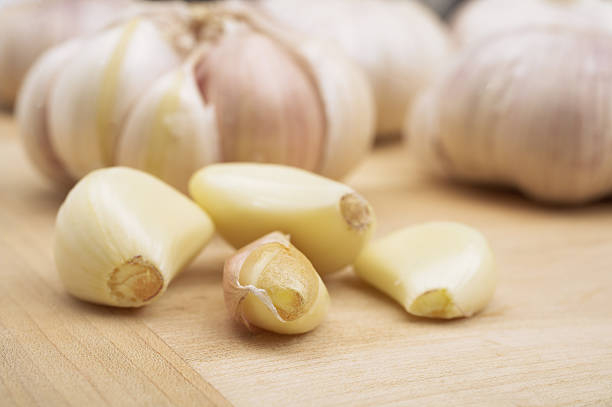
Garlic






















